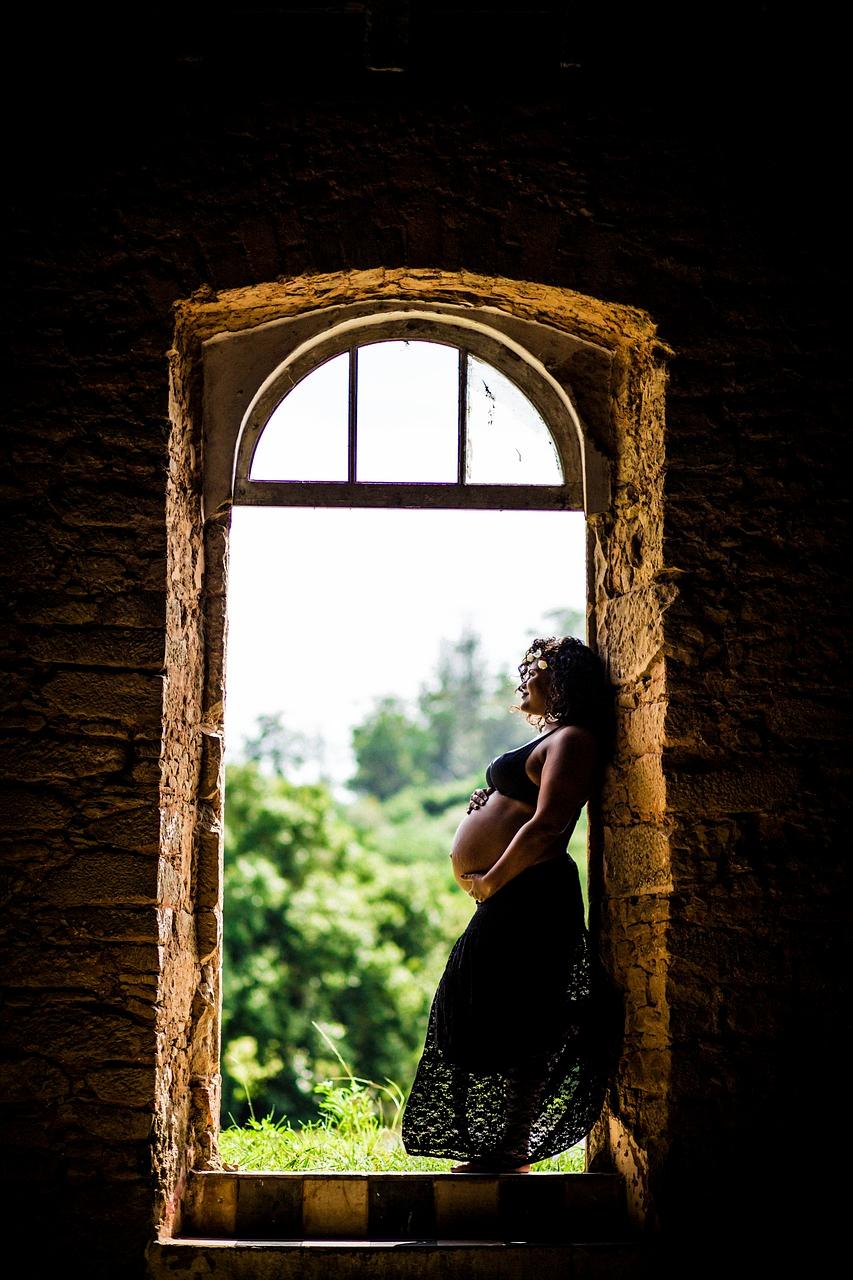During pregnancy, many women experience a phenomenon commonly referred to as the baby “dropping” or “engaging.” This is when the baby’s head moves lower into the pelvis in preparation for birth. The lowering of the stomach or abdomen during pregnancy is a natural and normal occurrence that can bring about various physical changes in a woman’s body.
Reasons Behind the Lowering of the Stomach
One of the primary reasons for the stomach getting lower during pregnancy is the engagement of the baby’s head into the pelvis. As the baby descends into the pelvis, it may relieve pressure on the diaphragm, making it easier for the woman to breathe and reducing the sensation of the stomach being high up.
Physical Changes and Symptoms
When the stomach lowers, some women may notice changes in their body. The feeling of weight shifting downward can result in a lighter sensation in the upper abdomen. Additionally, some women might experience increased pressure in the pelvic area, leading to a variety of physical symptoms such as increased urinary frequency, pelvic discomfort, and changes in posture.
Impact on Digestive System
As the baby drops lower, the shift in the stomach’s position can also affect the digestive system. Some women may find that heartburn or indigestion diminishes as the baby moves away from the stomach. On the other hand, the pressure of the growing baby on the intestines may contribute to constipation or other gastrointestinal issues.
Changes in Appearance
From an aesthetic standpoint, the lowering of the stomach during pregnancy can alter a woman’s physical appearance. The drop in the stomach’s position may cause the baby bump to appear lower and more pronounced, changing the overall silhouette of the pregnant woman. This shift can impact how clothes fit and how the woman carries herself.
Effect on Mobility and Comfort
As the stomach gets lower during pregnancy, mobility and comfort levels can be affected. The change in weight distribution may influence a woman’s gait and balance, potentially leading to changes in posture and movement patterns. Some women may find it more challenging to perform certain activities or may experience discomfort while walking or sitting for extended periods.
Preparation for Labor and Birth
The dropping of the stomach plays a crucial role in preparing the body for labor and delivery. When the baby engages in the pelvis, it aligns itself for the birthing process, making it easier for the baby to descend through the birth canal. This positioning is essential for a smoother and more efficient delivery.
Timing of Stomach Dropping
It is important to note that the dropping of the stomach or engagement of the baby can vary among women. While some may experience this phenomenon weeks before labor begins, others may not notice any significant change until the onset of labor. Each woman’s body and pregnancy are unique, and the timing of stomach dropping can differ accordingly.
Monitoring Changes with Healthcare Provider
Throughout pregnancy, it is essential for women to stay in close communication with their healthcare provider. If a woman notices a sudden or significant shift in her stomach position or experiences any concerning symptoms, it is advisable to seek medical advice promptly. Monitoring changes in the stomach’s position can provide valuable insights into the progress of the pregnancy and the well-being of both the mother and baby.
Conclusion
In conclusion, the lowering of the stomach during pregnancy is a natural occurrence that signifies the baby’s preparation for birth. This physical change can bring about various adjustments in a woman’s body and impact her comfort, mobility, and overall well-being. By understanding the reasons behind the stomach dropping and monitoring any changes with medical guidance, women can navigate this phase of pregnancy with greater awareness and preparation.

